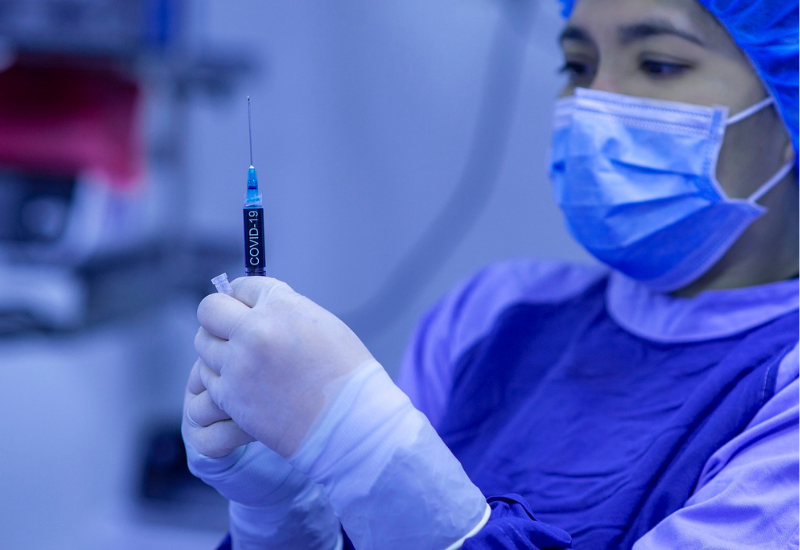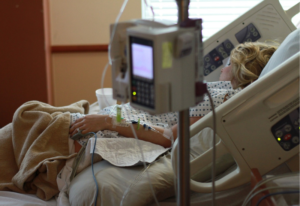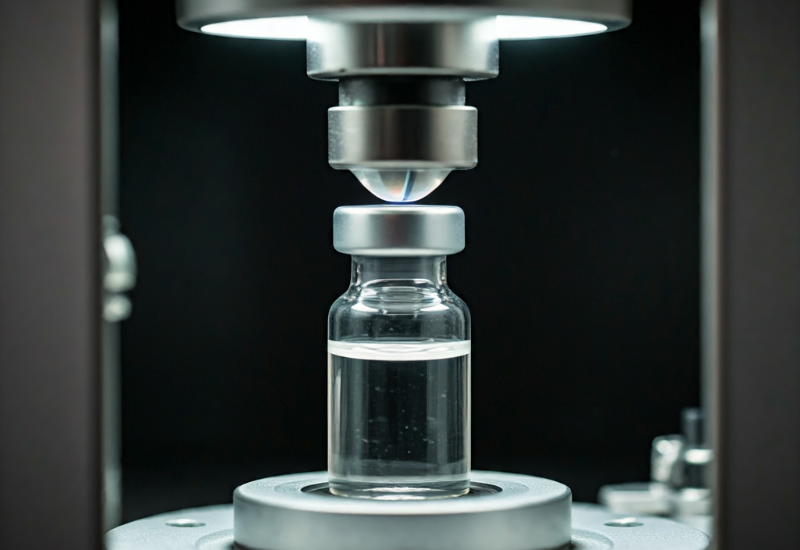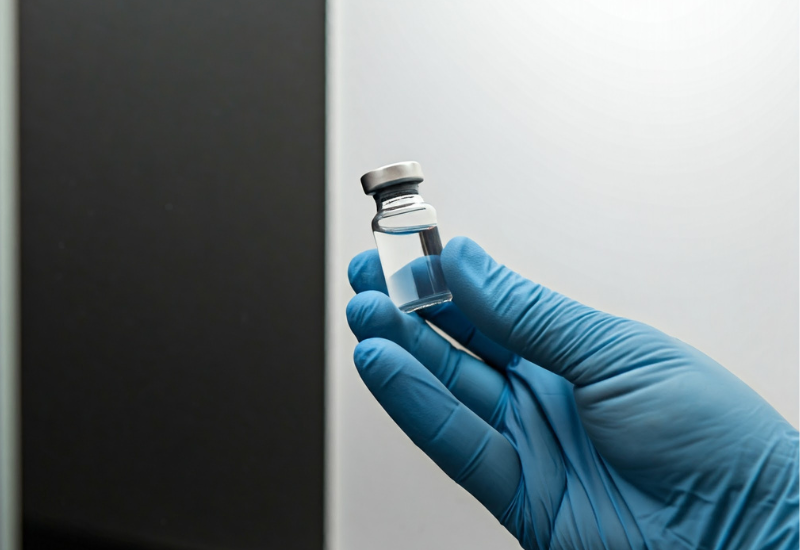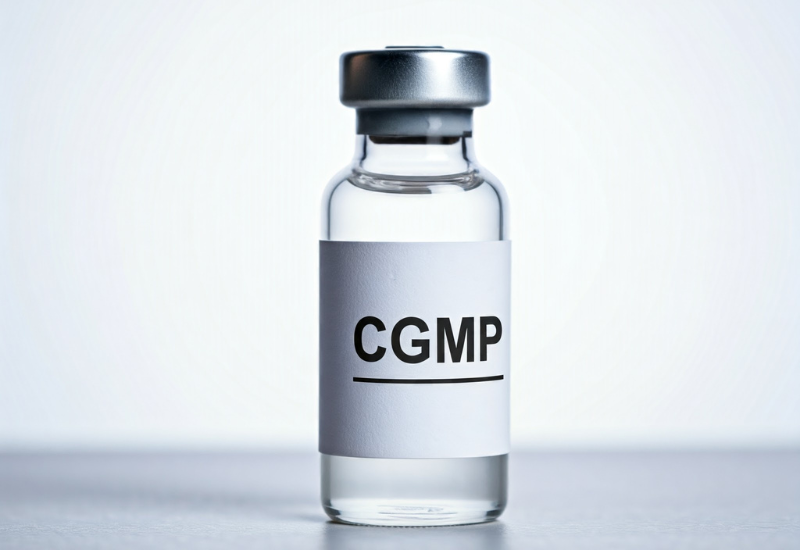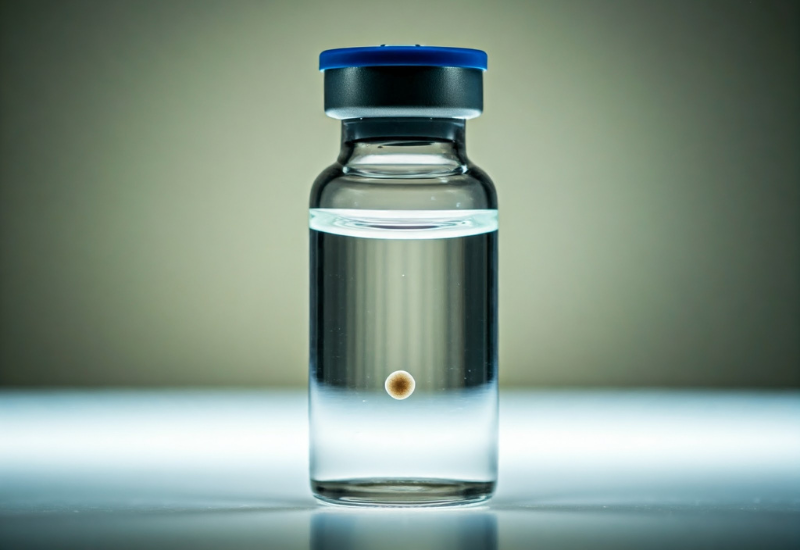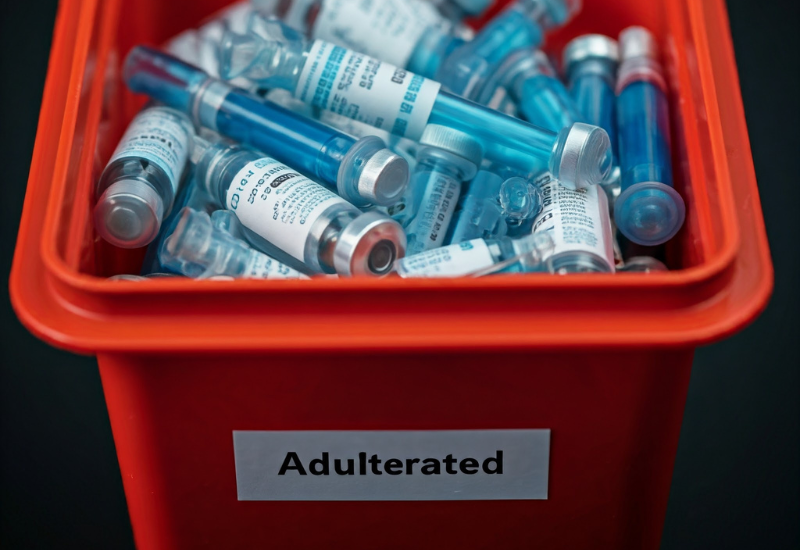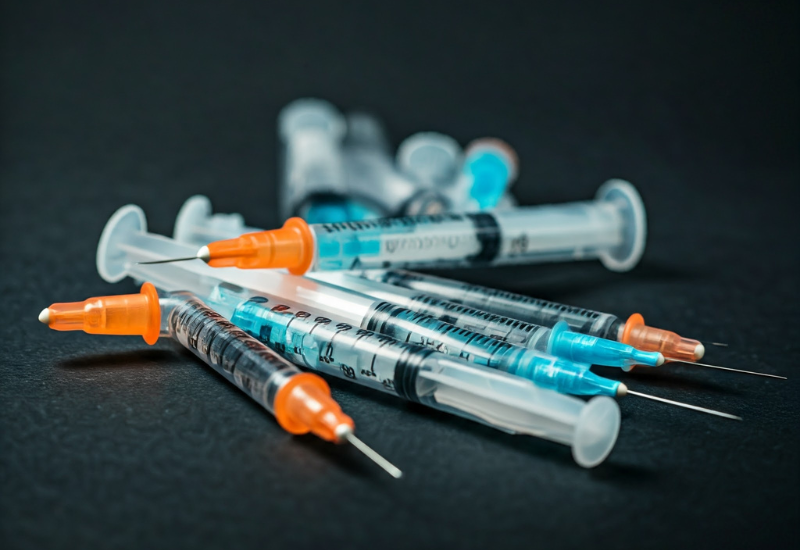“Ensuring the effectiveness, safety, and quality of injectable products is of utmost importance. Therefore, FDA recommends the use of a holistic, risk-based approach to visible particulate control”
Visual inspection remains a crucial step in ensuring the quality and safety of injectable products. The recent FDA Draft Guidance for Industry on the Inspection of Injectable Products for Visible Particulates emphasizes the importance of a robust visual inspection program that aligns with regulatory expectations. To help you enhance your program and ensure compliance, here are some key steps to consider:
Establish Supplier Quality Agreements and Particulate Matter Specifications
A comprehensive visual inspection program begins with controlling the quality of raw materials used in manufacturing.
- Establish supplier quality agreements with critical suppliers to ensure that raw materials are manufactured under stringent particulate control measures.
- Collaborate with your suppliers to develop particulate matter specifications for critical products and ensure these specifications are met consistently.
- Implement a statistically sound incoming quality inspection process for raw materials to mitigate the risk of particulate contamination.
Perform a Risk Assessment for All Defects
Defect risk assessments are pivotal in determining the significance of each defect type and its potential impact on patient safety.
- Perform a detailed risk assessment to justify the classification of defects based on risk factors such as frequency, severity, and detectability.
- Consider the different types of particles identified during your manufacturing practices and use clinical risk assessments to justify the defect classification.
Perform a Statistical Assessment of Your Defect Data
- Conduct a comprehensive statistical assessment of your visual inspection data to understand detectability and defect rates.
- This assessment will allow you to identify trends, determine the effectiveness of your inspection process, and highlight areas needing improvement.
- Statistical tools can help quantify the performance of your inspection program and support continuous improvement efforts.
Develop a Defect Library
It is essential to have a comprehensive and up-to-date defect categorization and classification system that reflects the types of defects found during manufacturing.
- A robust defect library serves as a critical resource for both training and continuous improvement.
- The defect library should include categorized and classified defects and particulates, complete with photos and descriptions.
- By integrating this library into the initial training program, new inspectors receive a solid foundation, while experienced personnel have a valuable reference.
Improve Your Visual Inspection Methodology
- Ensure your visual inspection methodology complies with the latest United States Pharmacopeia (USP) standards, specifically USP <790> for visible particulates in injections and USP <1790> for the visual inspection of injections.
- Evaluate whether your current practices align with these standards and make necessary adjustments.
- Consider incorporating advanced technologies such as automated inspection systems, where appropriate, to enhance detection accuracy and reduce variability.
Enhance Your Visual Inspection Operator Training Program
Operators are the cornerstone of any visual inspection program.
- An effective training program should not only cover technical skills but also provide a comprehensive understanding of patient impact, defect types, particle sensitization, and harmonized inspection methodology.
- Training should precede technical qualification and include both theoretical knowledge and practical skills, ensuring operators are well-prepared for the inspection process.
Improve Your Technical Qualification Defect Test Sets
Technical qualification of operators is only as good as the defect test sets used in the process.
- Review and improve these test sets to ensure they are truly representative of the defects found during manufacturing.
- Include a range of characterized particulates.
- Create a defect test set for each product presentation. A bracketed approach may be used when appropriate.
- Test sets typically contain 200-300 units and around 10% defects.
- Technical qualification of operators demonstrates confidence that operators can reliably and consistently identify defects in products.
Align Your Visual Inspection SOPs with Regulatory and Compendial Standards
Standard Operating Procedures (SOPs) for visual inspection should always align with the latest regulatory and compendial standards and guidances.
- Regularly review and update your SOPs to ensure they are consistent with current expectations and best practices.
- This includes incorporating elements from the FDA Draft Guidance and relevant USP chapters to remain compliant and audit-ready.
Implement a Defect Trending Program
Establishing a defect trending program is vital for monitoring the performance of your visual inspection process over time.
- Track the frequency and types of defects so you can identify recurring issues, detect process drifts, and take proactive measures to prevent potential quality failures.
- Trend analysis also provides valuable data for continuous improvement and risk management.
Develop Procedures for Investigating Particulate Sources
Visible particulates can originate from various sources, including manufacturing processes, packaging materials, or environmental contamination.
- Having procedures in place to investigate the source of particulates is crucial for root cause analysis and effective corrective actions.
- Findings should be documented and incorporated into the defect library, enhancing the knowledge base and preventing recurrence.
Conclusion
Improving your visual inspection program involves a comprehensive approach that combines:
- Supplier Management
- Statistical Analysis
- Risk Assessment
- Training and Qualification
- Continuous Process Optimization
By aligning your program with the FDA Draft Guidance and ensuring compliance with relevant USP standards, you can build a robust visual inspection process that enhances product quality and patient safety. Implement these steps to stay ahead of regulatory expectations and establish a culture of quality excellence within your organization.

